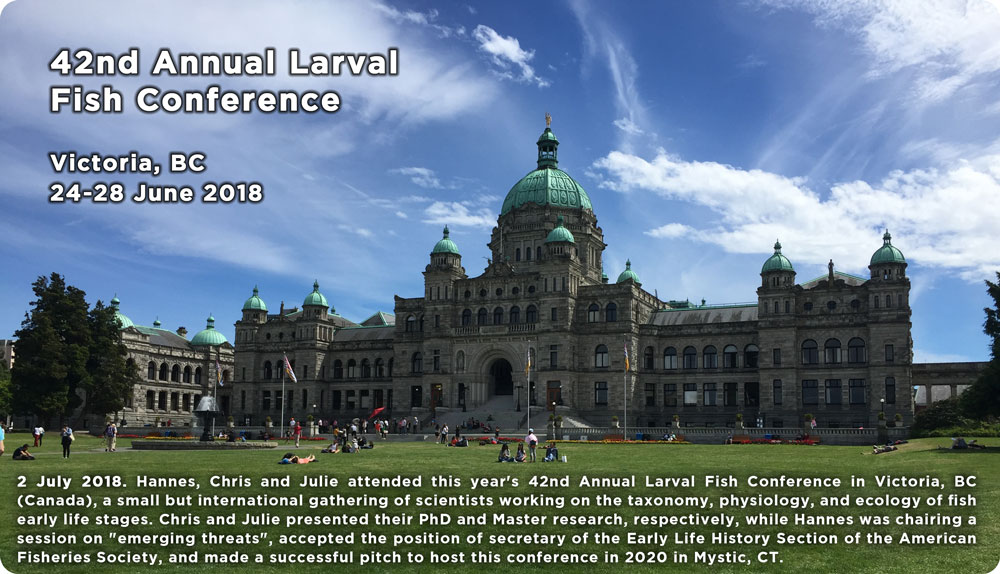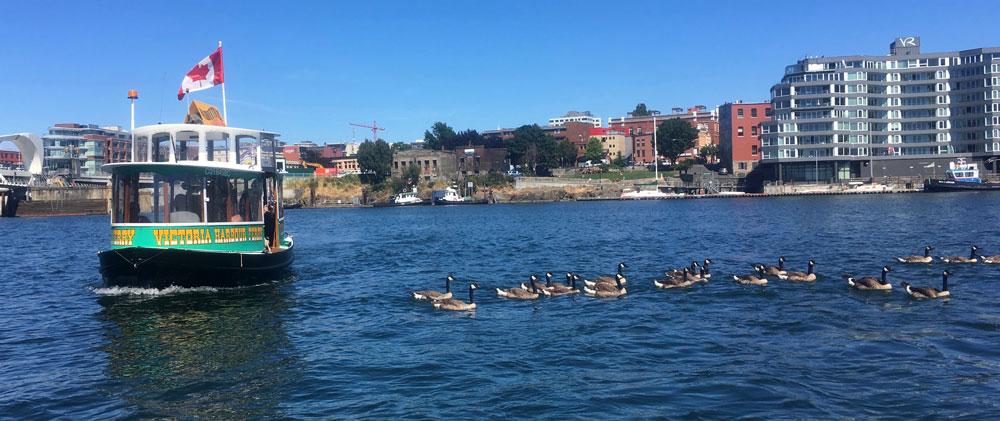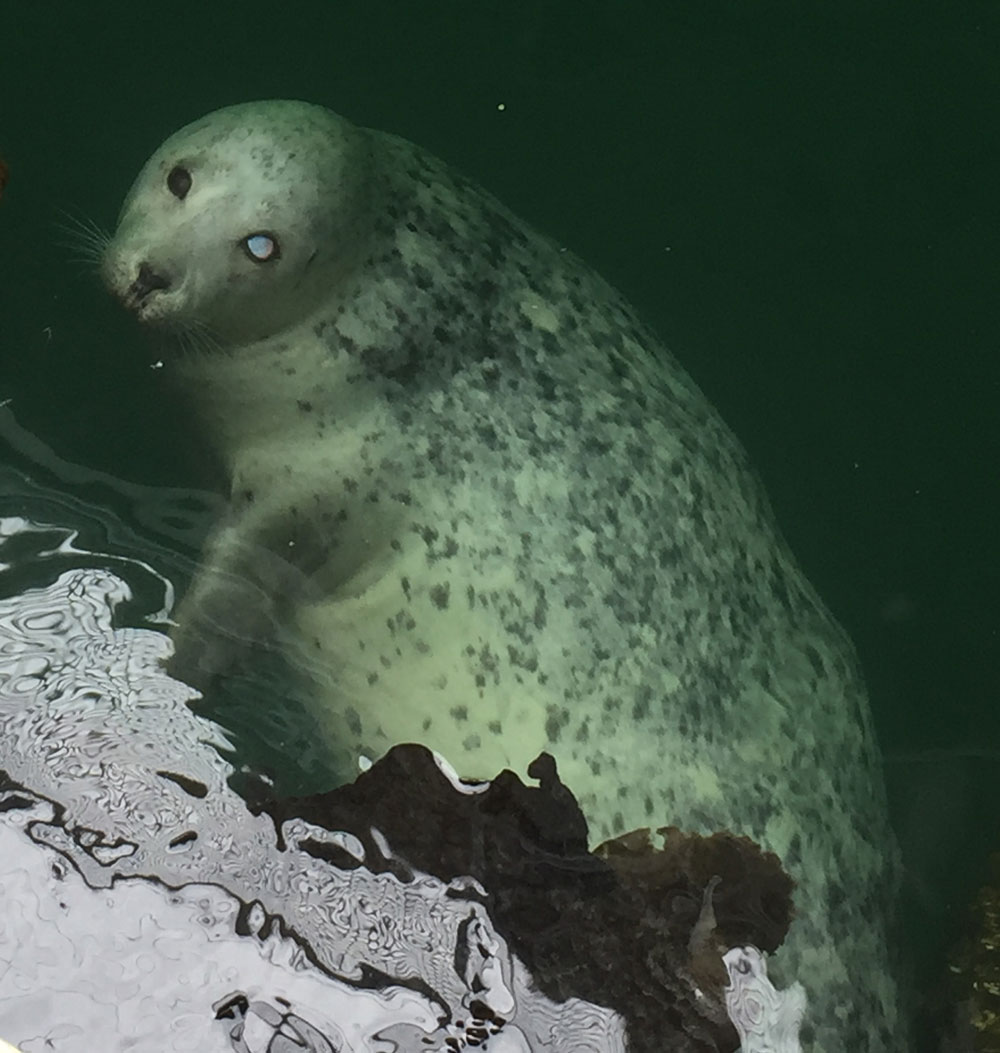Pringle, J.W. and Baumann, H. (2019) Otolith-based growth reconstructions in young-of-year Atlantic silversides (Menidia menidia) and their implications for sex-selective survival. Marine Ecology Progress Series 632:193-204

From the abstract:
“We examined the utility of otolith microstructure analysis in young-of-year (YoY) Atlantic silversides Menidia menidia, an important annual forage fish species along the North American Atlantic coast. We first compared the known hatch window of a local population (Long Island Sound, USA) to otolith-derived hatch distributions, finding that YoY collected in October were reliably aged whereas survivors from November and December were progressively under- aged, likely due to the onset of winter ring formation. In all collections, males outnumbered fe- males, and both sexes had bimodal size distributions. However, while small and large females were almost evenly represented (~60 and ~40%, respectively), over 94% of all males belonged to the small size group. We then examined increment widths as proxies for somatic growth, which suggested that bimodal size distributions resulted from 2 distinct slow- and fast-growing YoY phe- notypes. Length back-calculations of October YoY confirmed this, because fast- and slow-growing phenotypes arose within common bi-weekly hatch intervals. We concluded that the partial sexual size dimorphism in this population resulted largely from sex-specific growth differences and not primarily from earlier female than male hatch dates, as predicted by the well-studied phenome- non of temperature-dependent sex determination (TSD) in this species. Furthermore, observed sex ratios were considerably less male-biased than reconstructed thermal histories and published laboratory TSD values predicted. Assuming that selective mortality is generally biased against slower growing individuals, this process would predominantly remove male silversides from the population and explain the more balanced sex ratios at the end of the growing season.”











